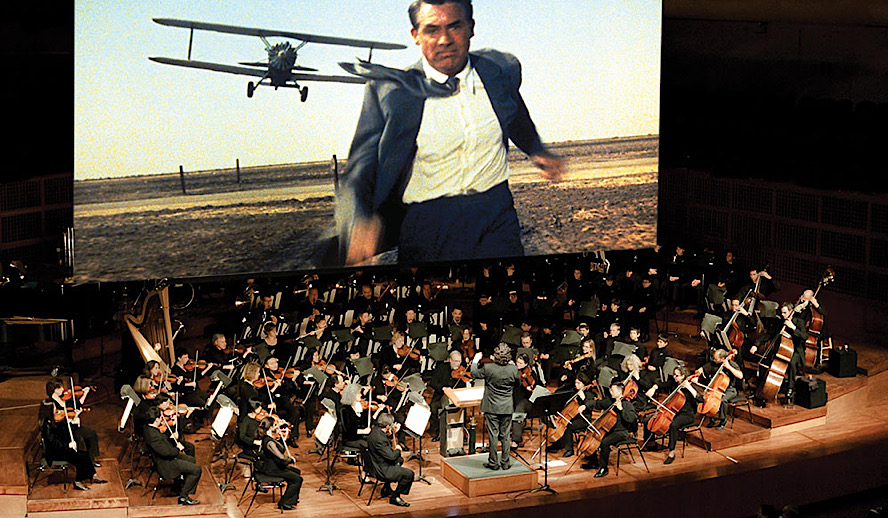Blog Post #6 - Sound Vocabulary

Diegetic sound in movies refers to sound elements that are part of the story and can be heard by the characters within the film. These sounds are an integral part of the film and help to create a sense of realism and immersion for the audience. Examples of diegetic sound include dialogue between characters, background noise such as traffic or birds singing, and sound effects such as footsteps or car engines. These sounds are often captured during filming and are an essential part of the sound design of the movie. They are used to create a sense of atmosphere and to help to convey emotions and information to the audience. The use of diegetic sound is an important aspect of the art of filmmaking, and helps to make the audience feel like they are a part of the story.


Non-diegetic sound in movies refers to sound elements that are not part of the story and can only be heard by the audience. These sounds are added during post-production and are not physically present in the scene. Non-diegetic sounds are usually used to enhance the emotional impact of the film, or to provide additional information to the audience. Examples include background music, a narrator's voice-over, and sound effects that are added in post-production, such as the sound of a plane flying overhead. Non-diegetic sounds are used to create a sense of atmosphere and to help to convey emotions and information to the audience. They are also used to guide the audience's emotional response to the film and to emphasize key moments in the story. Non-diegetic sounds are an important aspect of the art of filmmaking, and the use of non-diegetic sounds are carefully crafted to create a powerful emotional experience for the audience.

Taking this into account, I will try and incorporate this into my project to the best of my ability. Diegetic and non-diegetic sounds will be key to the success of the project due to how they emphasize the emotion and immersion. The score on the other hand will be a lot more harder to do since my resources are limited and I am not a professional music composer.
Comments
Post a Comment